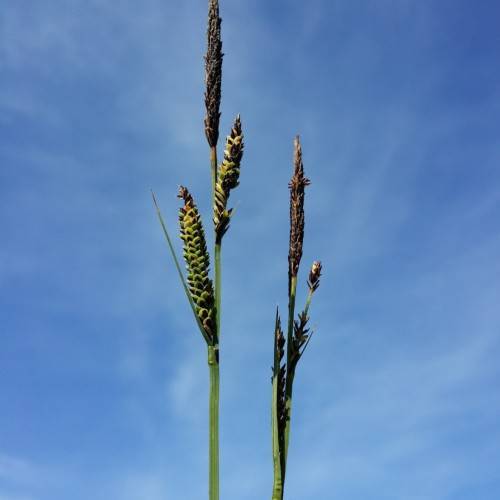
Sedge
Carex bigelowii subsp. bigelowii x
Watering:
Frequent
Hardiness Zone:
Sun:
full sun,part shade
Leaf:
Yes
Growth Rate:
Low
Drought Tolerant:
Yes
Salt Tolerant:
Yes
Care Level:
Medium
watering
Sedge (Carex bebbii x) should be watered once every week to 10 days. Water thoroughly until water seeps from the bottom of the pot, then wait until the soil has begun to dry before watering again. If the soil becomes dry between waterings, it should be watered more frequently. During the hotter months, the plant may require more water, so check the soil often to ensure it doesn't dry out completely and stress the plant. During the cooler months, the plant should be watered less frequently.
sunlight
Sedge (Carex bebbii x) prefers full sun, meaning it should receive 6 to 8 hours of direct sunlight each day. During the summer months, the plant should have a few hours of midday shade if conditions allow, helping it stay cool and avoiding sunburn. However, during the winter months, the plant should have more direct sunlight to help it stay warm. When temperatures are especially cold, it's best for the plant to receive indirect sunlight or even artificial light indoors.
pruning
Pruning of Sedge (Carex bebbii x) should be done regularly throughout the growing season to ensure the plants develop lush foliage without becoming overly crowded. Pruning should begin in early spring, just after the plants begin to grow and when new vegetative growth appears. Cut off the stalks with small pruning shears, leaving a few inches of stubble on each stalk. In late summer, cut back all of the green stems to 1 third of their original length. This pruning allows the plant to form a clumping shape and encourages new growth. During winter, dead or discolored foliage can be removed to make way for any healthier foliage.
